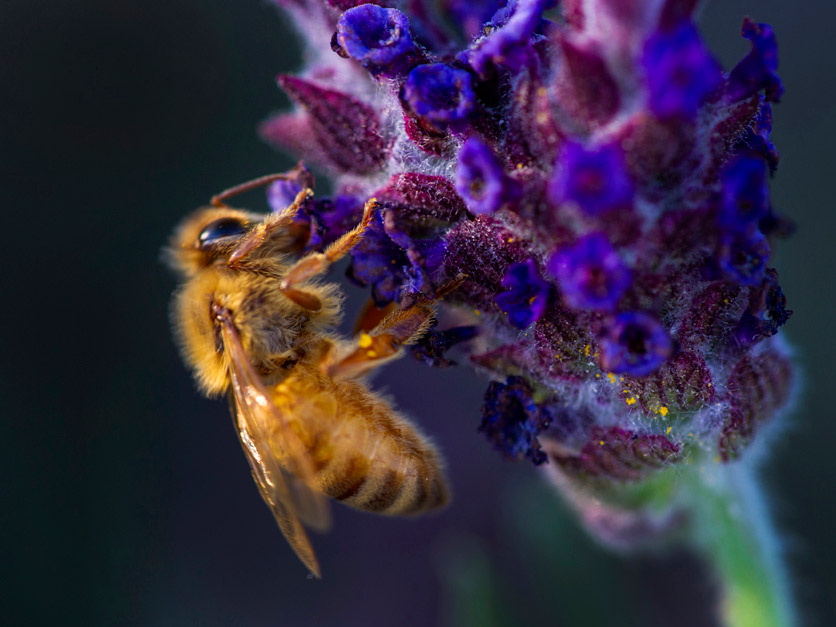During a workshop Tuesday, research staff for the Department of Pesticide Regulation presented new mitigations on four neonicotinoid pesticides.
The draft regulation takes a tiered approach based on the level of threat to bees. It would prohibit applications during bloom and limit them to just one of the four active ingredients (AI) per season. Additional measures would apply when managed pollinators are present. For crops that are highly attractive to bees, such as almonds, DPR plans to further limit individual application rates and timing based on the crop type.
Alyssa Houtby, director of government affairs at California Citrus Mutual, said the mitigations would devastate the citrus industry and don’t align with the risks DPR identified in its assessment. Houtby also worried the measures would undermine integrated pest management practices, especially for battling the spread of citrus greening. Staff responded that they are seeking a balance that allows citrus growers to still combat the pest responsible for the disease.
One agricultural researcher commented that many of the proposed applications rates would be ineffective against pests and are likely to instead increase resistance to those AIs along with the replacement compounds.
Interested in more coverage and insights? Receive a free month of Agri-Pulse West.
DPR will release more details on its review process next week, along with two economic impact analyses conducted by CDFA. The department hopes to finalize the regulation by the end of 2020, recognizing that could be pushed back to early 2021 depending on feedback.
DPR Director Val Dolcini, who served as CEO of the Pollinator Partnership until joining the Newsom administration in 2019, said he looked forward to continuing the discussion.
For more news, go to: www.Agri-Pulse.com


